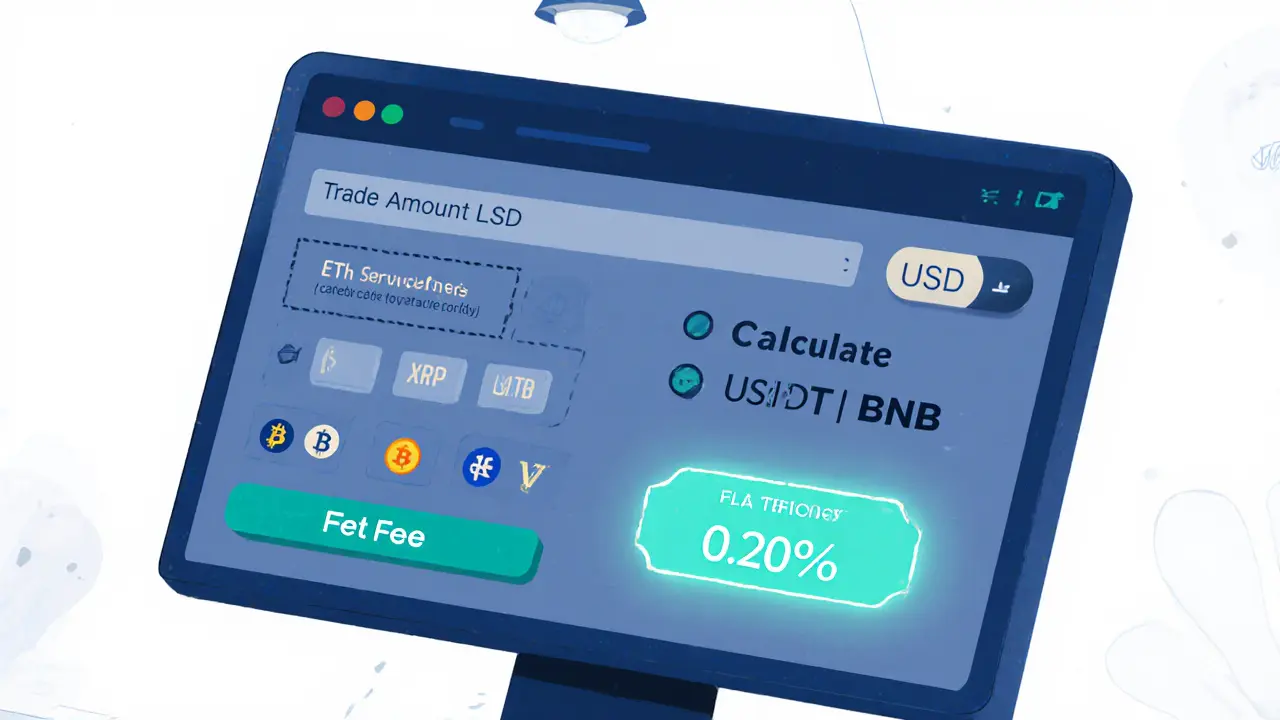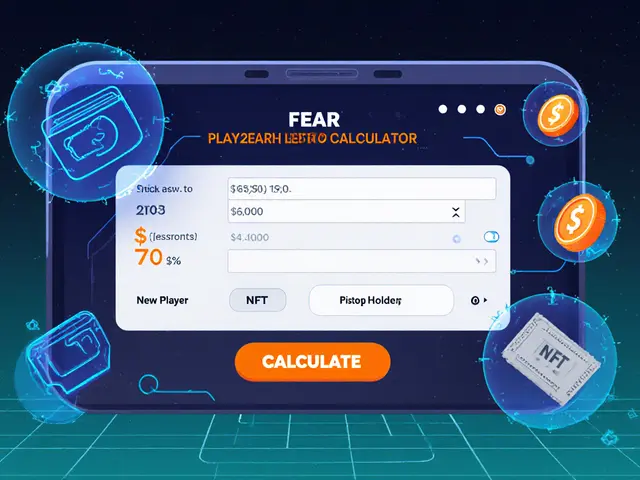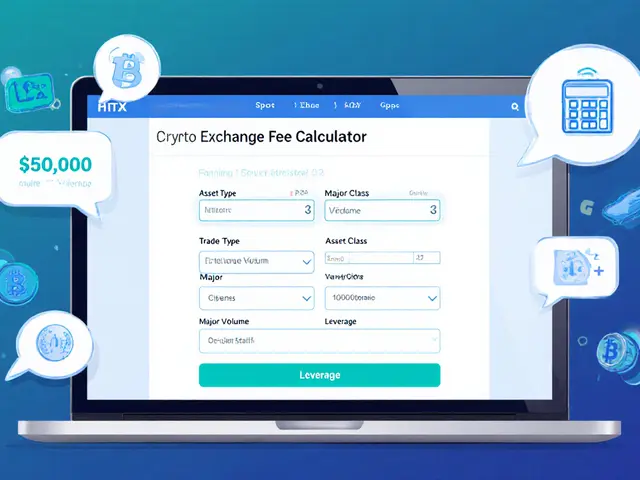Cryptocurrency Trading Platforms: Compare, Choose, Trade
When you hear about Cryptocurrency Trading Platforms, online services that let you buy, sell, and manage digital assets. Also known as crypto trading platforms, they act as the gateway between your wallet and the wider market. One of the core building blocks is a crypto exchange, which matches buyers with sellers and provides price quotes in real time. Another key piece is margin trading, a method that lets you borrow funds to amplify potential gains—or losses. Finally, the rise of decentralized exchange (DEX) offers peer‑to‑peer swaps without a central authority, changing how fees and liquidity are sourced. Understanding these three entities helps you grasp why platforms differ so dramatically in cost, speed, and safety.
Key Factors to Evaluate
Cryptocurrency trading platforms encompass a variety of services, from simple buy‑and‑hold apps to full‑blown order‑book venues. Choosing a platform requires understanding margin trading, because the leverage you use directly impacts risk exposure and capital requirements. Decentralized exchanges influence fee structures by introducing gas costs and liquidity provider rewards, so a platform’s overall fee picture often blends maker‑taker spreads with blockchain transaction fees. Security is another non‑negotiable attribute; platforms differ in custodial vs non‑custodial models, two‑factor authentication, and insurance coverage. Liquidity determines how quickly you can enter or exit a position without slippage, and it’s tied to the number of active traders and the depth of order books on centralized exchanges versus the pool size on DEXs. Regulatory compliance shapes the user experience too—some platforms enforce KYC, while others operate with minimal onboarding, affecting both privacy and speed. By weighing these attributes—fees, security, liquidity, leverage options, and compliance—you can match a platform to your trading style, whether you’re a day trader hunting micro‑profits or a long‑term holder seeking low‑cost accumulation.
The articles below dive deep into real‑world examples that illustrate these concepts. You’ll find hands‑on reviews of OpenSwap, SuperEx, Coinext, WoofSwap, and Azurswap, each broken down by fees, security features, and liquidity options. There are also practical guides on isolated vs cross margin, tax implications for traders in India, China, and the US, and step‑by‑step walkthroughs for claiming airdrops on emerging platforms. By the time you finish scrolling, you’ll have a clear picture of which platform aligns with your budget, risk tolerance, and regulatory environment. Let’s explore the curated insights and tools that will help you make an informed choice.
A thorough 2025 review of SecondBTC crypto exchange covering fees, coin list, security, liquidity, and how it stacks up against Binance and Coinbase.



 Finance
Finance




